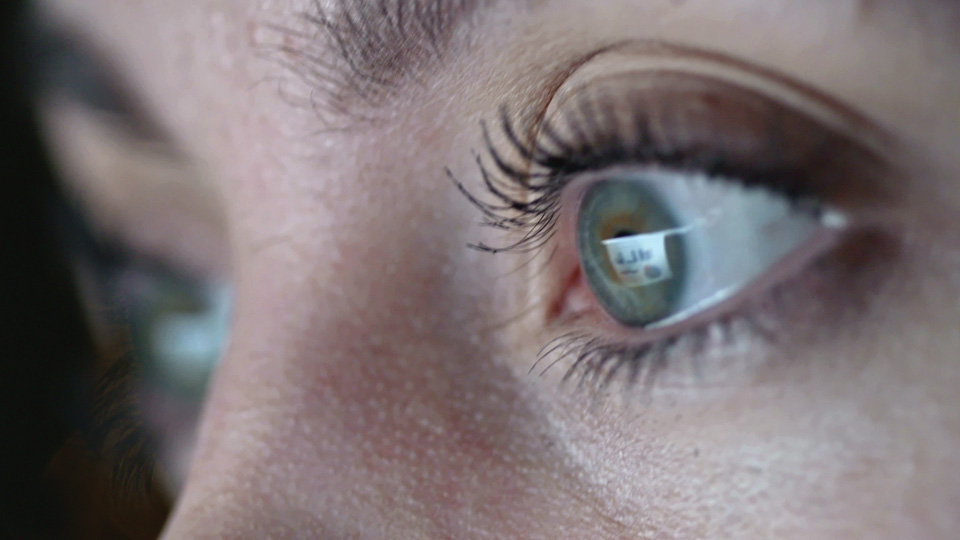What specialist should treat my dark circles?
27/11/2025

14/04/2020
The hours of confinement stuck to the screens due to the Covid-19 pandemic can have an impact on our eyesight that cannot go unnoticed. We spend long time in front of the computer teleworking, playing on the mobile or making video calls, shopping online, chatting, browsing social networks... Ophthalmologists at the Barraquer Ophthalmology Center warn that the use of screens makes us fix our eyes and blink less, therefore, we do not lubricate the eyes in the normal way. The evaporation of the tear layer that protects the eye can have consequences such as the computer visual syndrome: dry eye caused by the use of electronic reading devices.
As the state of confinement caused by the coronavirus has increased the use of electronic devices, it is very important to know how to avoid eye diseases that can cause abuse of these devices.
The tear layer that covers the surface of the eye is necessary for the viability of the superficial cells and to maintain the transparency of the cornea. In addition, this lubricating layer is part of the optical system of the eye to preserve good vision. The tear film evaporates while we keep our eyes open and is restored with every blink we make. "In the current situation of confinement we stare for a long time and blink much less than normal," explains Dr. Víctor Charoenrook, ophthalmologist at the Barraquer Ophthalmology Center.
The use of electronic reading devices such as a computer or mobile phone reduces the frequency of blinking to one or two times per minute, when the normal frequency is between 12 and 14 times for the eyelid to distribute and moisten the surface of the eye. This means that when a person reads or writes through these devices, their eyes are kept open continuously for at least 30 seconds, long enough for the tear to have evaporated and the surface of the eyes to have dried.
"Incomplete closing of the eyelids and infrequent blinking is one of the causes of what is known as dry eye," says Charoenrook.
If the tear layer evaporates and the eyes dry, symptoms such as "grit feeling, burning, itching, discomfort, burning, pain and even blurred vision" may appear, according to the ophthalmologist. Dry eyes can also damage both the corneal epithelial cells, causing ulceration, and those of the conjunctiva, the clear membrane that covers the white part of the eye.
In addition, the “fact that we are locked up at home, often in a dry and low humidity environment”, adds risks to the situation. These factors multiplied by the hours of the day we are in front of the screens can lead to the so-called visual computer syndrome. If that person also suffers from dry eye disease, that is, they secrete little tear or their tear is of poor quality and evaporates faster than normal, the symptoms worsen and damage to the ocular surface increases.
Measures to alleviate these visual ailments
1. Do not overuse screen time. It is advisable to rest and pause for at least 5 minutes every hour when you are staring at the screen of these devices. This pause means changing your posture or getting up from the seat, stretching and directing your gaze towards an object or a distant landscape in order to relax the muscles that are tense to look closely.
2. Blink frequently while staring at screens. Blinking helps distribute the tear over the entire surface of the eye and prevents tear film tearing that causes dry eye
3. Use artificial tears to lubricate the eyes. This is an effective aid especially in people suffering from dry eye disease. There are many types of tears on the market and they can be purchased over the counter. It is advisable to use products that do not contain preservatives presented in single-dose or in bottles with a system that prevents contamination of the content. Preservative-free artificial tears can be applied as many times as required.
4. Take care of the environment. It is advisable that the environment where the devices are used is not excessively dry, that there is sufficient ambient light so that there is not too much contrast compared to the brightness of the screen and without reflections on the screen that may appear as a second image on it causing visual confusion when staring.